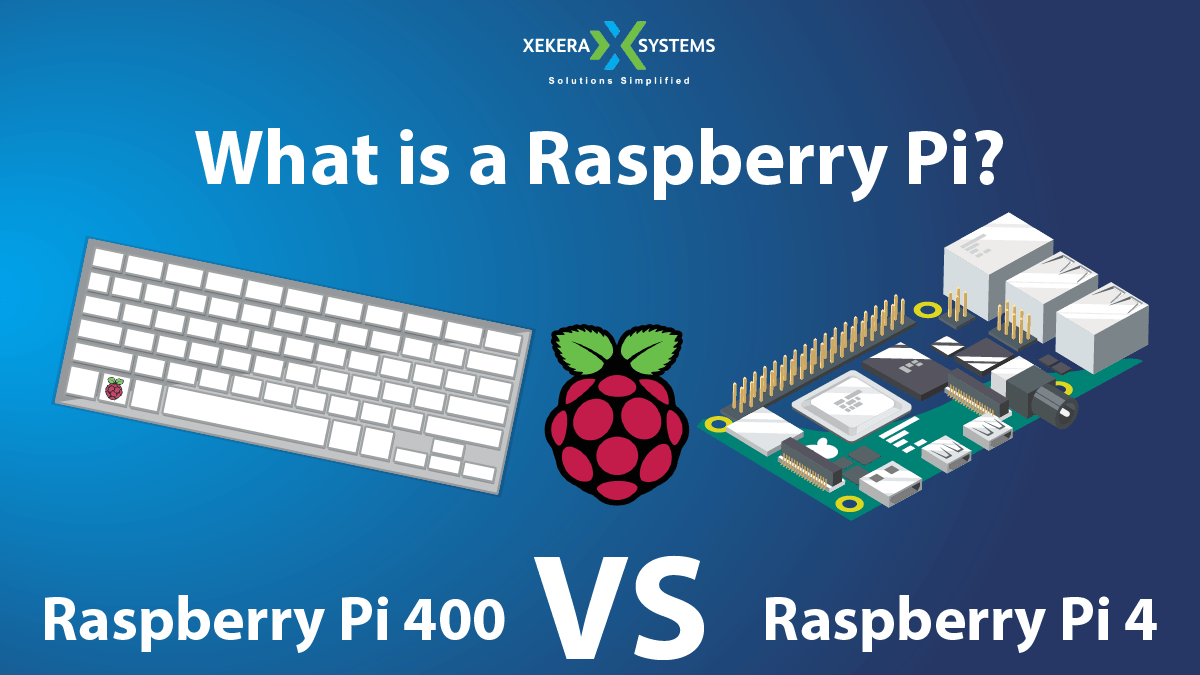What is Raspberry Pi?
The Raspberry Pi is a reasonably priced, credit-card-sized computer that connects to a computer monitor or television and makes use of a regular keyboard and mouse. It’s a capable small gadget that lets users of all ages learn about computing and how to code in languages like Scratch and Python. It can perform all of the tasks you’d expect a desktop computer to perform, including playing high-definition video games, creating spreadsheets, word editing, and browsing the internet.
Additionally, the Raspberry Pi can communicate with the outside world and has been utilised in a variety of digital maker projects, including as music players, parent detectors, weather stations, and tweeting birdhouses with infrared cameras. We want to see children all across the world using the Raspberry Pi to learn how to program and comprehend how computers operate.
Since the 2012 launch of the Raspberry Pi, numerous versions and variants have been made available. The most recent Pi model includes a quad-core processor running at over 1.5GHz and 4GB of RAM, while the original Pi featured a single-core 700MHz processor and just 256MB of RAM.
People use Raspberry Pi all over the world to develop programming skills, create hardware projects, automate their homes, set up Kubernetes clusters and Edge computing, and even utilise it in commercial applications.
What Raspberry Pi versions have been made available?
The Raspberry Pi series has several iterations, ranging from Pi 1 to 4 and even Pi 400. Most generations typically have a Model A and Model B. The Model A was the less expensive model and typically had less RAM and ports (such as USB and Ethernet). Pi Zero is an even more compact and affordable version of the original generation (Pi 1). Here is the current lineup:
- Pi 1 Model B (2012)
- Pi 1 Model A (2013)
- Pi 1 Model B+ (2014)
- Pi 1 Model A+ (2014)
- Pi 2 Model B (2015)
- Pi Zero (2015)
- Pi 3 Model B (2016)
- Pi Zero W (2017)
- Pi 3 Model B+ (2018)
- Pi 3 Model A+ (2019)
- Pi 4 Model A (2019)
- Pi 4 Model B (2020)
- Pi 400 (2021)
What may a Raspberry Pi be used for?
People who already know how to code use the Raspberry Pi to learn how to program electronics for practical applications, while those who are just learning the language purchase one. Because it provides you control rather than relying on a proprietary closed system, Raspberry Pi can enable you to build your own home automation projects, which are well-liked in the open source community.
Compare the Raspberry Pi 4 to the most recent Raspberry Pi 400. Both are essentially identically spec’d. Determine what is best for you!
With a 1.5 GHz 64-bit quad-core ARM Cortex-A72 processor, integrated 802.11ac Wi-Fi, Bluetooth 5, full gigabit Ethernet, two USB 2.0 ports, two USB 3.0 ports, and support for multiple monitors through a pair of micro HDMI connections for up to 4K resolution, the Raspberry Pi 4 Model B was introduced in June 2019.
In November 2020, the Raspberry Pi 400 was made available. A Raspberry Pi 4 has been integrated into a small keyboard. The Raspberry Pi 400, which is a Raspberry Pi 4, has nearly identical specs to the Raspberry Pi 4 with 4GB of memory.
As a result, it also has Bluetooth and Wi-Fi. There are several variations, though. The Raspberry Pi 400 is a rather powerful keyboard computer with Wi-Fi and USB, to put it briefly.
Specifications for the Raspberry Pi 400 and the Raspberry Pi 4 Model B
The majority of the functionality of the computer are shared by the Raspberry Pi 400 and Raspberry Pi 4, as they are based on the same hardware.

| Raspberry Pi 400 | Raspberry Pi 4 Model B | |
|---|---|---|
| Release Date | November 2020 | June 2019 |
| SoC Type (Processor) | Broadcom BCM2711C0 | Broadcom BCM2711B0 |
| Core Type | Quad Core Cortex-A72 64-bit (ARM v8) | Quad Core Cortex-A72 64-bit (ARM v8) |
| CPU Clock | 1.8 GHz | 1.5 GHz |
| GPU | VideoCore VI | VideoCore VI |
| Audio Output | HDMI | HDMI or 3.5mm Audio & Video Jack |
| Memory/OS storage | microSD or USB Boot | microSD or USB Boot |
| RAM | LPDDR4: 4GB | LPDDR4: 1GB, 2GB, 4GB, 8GB |
| Ethenet | Gigabit Ethernet | Gigabit Ethernet |
| USB Port | 2 x USB 3.0 + 1 x USB 2.0 | 2 x USB 3.0 + 2 x USB 2.0 |
| HDMI | 2 x microHDMI support Dual Display (up to 1 x 4Kp60 or 2 x 4Kp30) | 2 x microHDMI support Dual Display (up to 1 x 4Kp60 or 2 x 4Kp30) |
| WiFi | IEEE 802.11 b/g/n/ac (2.4GHz+5GHz) | IEEE 802.11 b/g/n/ac (2.4GHz+5GHz) |
| Bluetooth | 5.0 + BLE | 5.0 + BLE |
| GPIO | 40-pin Header | 40-pin Header |
| Thermal Performance | Built-in Heatsink | NA |
| Power Input | 5V via USB Type C (up to 3A) | 5V via USB Type C (up to 3A) 5V via GPIO header (up to 3A) |
| DSI Port | NA | 1mm pitch 15-pin Port |
| CSI Port | NA | 1mm pitch 15-pin Port |
| Kensington Lock | Ready | NA |
You may have noticed a new, faster default clock in the Pi 400 specifications than the Pi 4 Model B from a year ago. It has an initial clock speed of 1.8GHz, compared to 1.5GHz for the Pi 4 Model B.
If the Pi 4 has adequate cooling, you can fast overclock it to this level.
The Pi 400 can handle more CPU-intensive operations like opening several Internet tabs, streaming videos, and multitasking a little bit better thanks to its turbocharged CPU.
Another distinction is that the Raspberry Pi 4 provides a 3.5mm audio and video connector in addition to HDMI, whereas the Raspberry Pi 400 only supports HDMI for audio output. Additionally, the Raspberry Pi 400 has one fewer USB 2.0 port.
Do you fit for the Raspberry Pi 400?
A well-built, user-friendly, and reasonably priced computer for browsing the Internet is the Raspberry Pi 400. Users who may have previously been put off by naked Raspberry Pi boards will be drawn in by its attractiveness. It’s a fantastic all-around keyboard computer.
The Pi 400 functions similarly to a standard Raspberry Pi 4. What you will be doing will determine which is ideal for you. Are you interested in the Raspberry Pi 400?
The solution is straightforward: A Raspberry Pi 400 is required if you wish to use your Raspberry Pi as a conventional computer.
The Raspberry Pi 400, however, is not a tool for hardware hackers. As stated in the user manual for the Raspberry Pi:
The Raspberry Pi 400 does not contain any parts that can be serviced by the user, and opening the device is likely to cause harm to it and void its warranty.
Both the Raspberry Pi 4 and Pi 400 function generally the same. Since they are essentially identical with the exception of the keyboard, which acts as a cover, you can use a Pi 400 or Pi 4 for the same tasks. You can choose which one to use.



